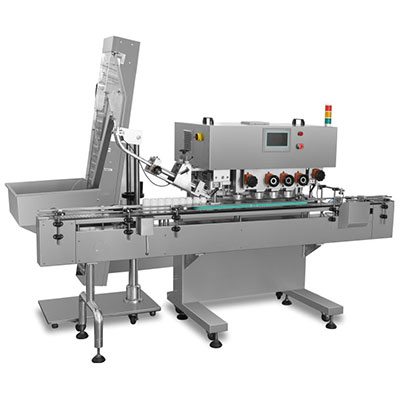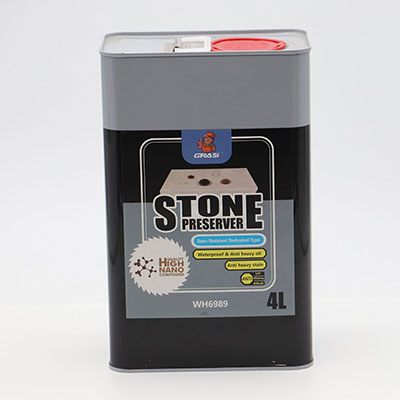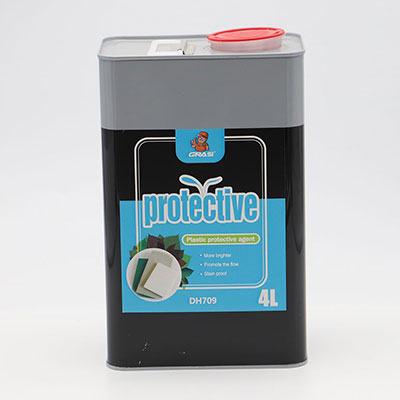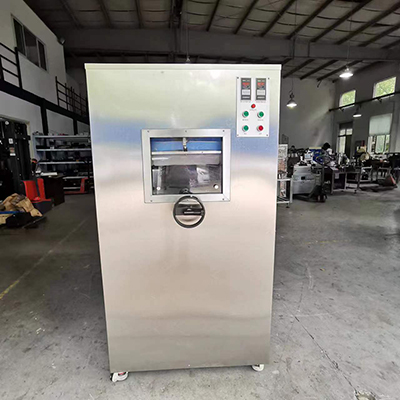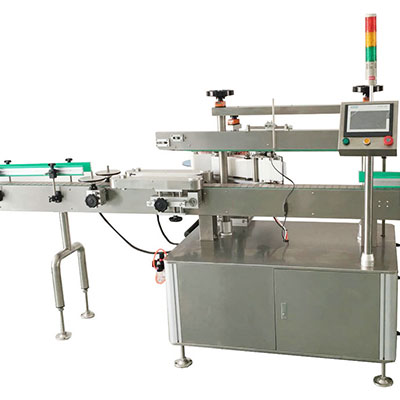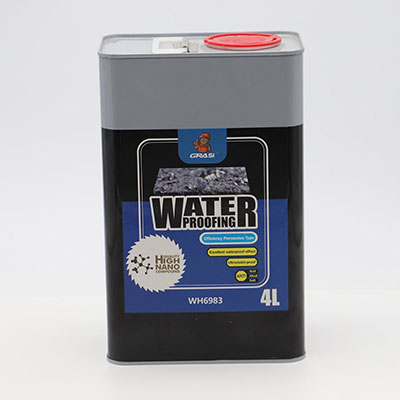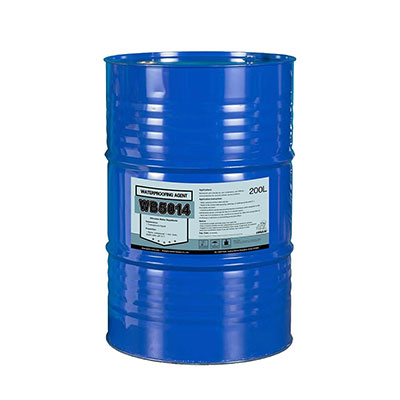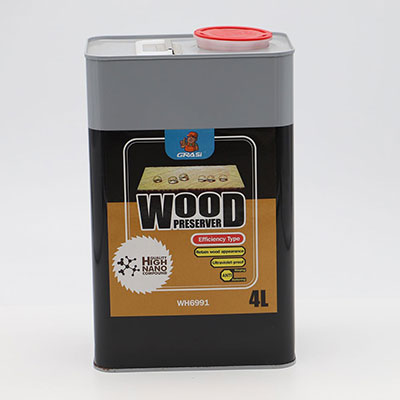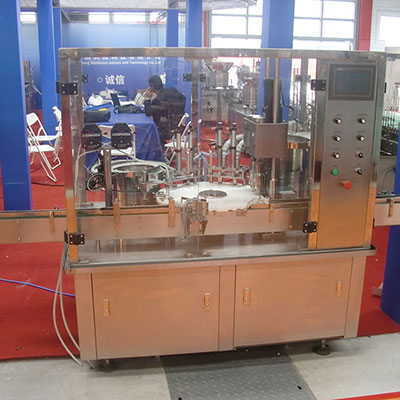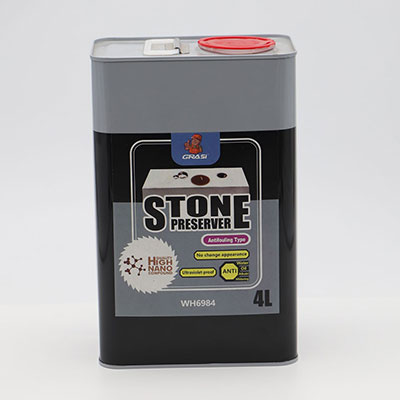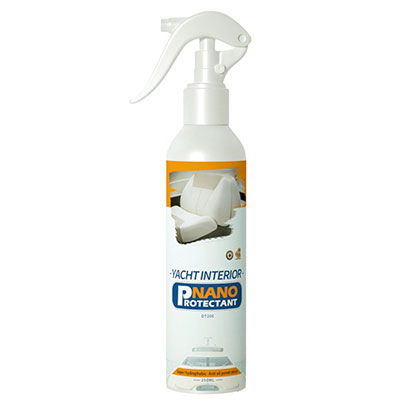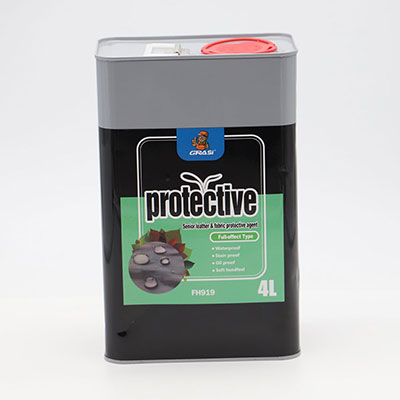Professional solution provider of sewage treatment
Residential wastewater comes from the daily activities of people, mainly from residential buildings and public buildings, such as residences, offices, schools, hospitals, shops, restrooms, etc. The pollutants contained in which are mostly organics including protein, carbohydrates and fat as well as numerous pathogenic microorganisms such as bacteria and viruses. The organics present in residential wastewater are extremely unstable, not suitable for reuse, and can be extremely foul smelling. The bacteria and pathogenic microorganisms in residential wastewater feed on the organic matter in wastewater and multiply, which can cause infectious diseases to spread, so it’s of great importance to treat residential wastewater before it can be put back into the water supply.
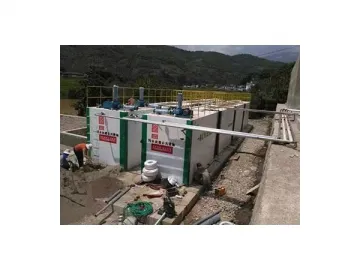
Residential wastewater --- Mechanical bar screen --- Package sewage treatment plant --- Filter --- water point
Client casesIn 2013, a client from Argentina purchased two package sewage treatment plants and a media filter to treat 300 tons of residential sewage every day.
In 2015, an Angola power plant purchased equipment that can treat 5 cubic meters residential sewage per hour.
In 2015, a client from Kuwait purchased 12 small-sized residential sewage treatment plants for treating 10 tons of daily residential sewage.
In 2016, a client from Ghana purchased equipment that can treat 120 tons of residential sewage per day.
Residential wastewater treatment equipment
Links:https://globefindpro.com/products/25180.html
-
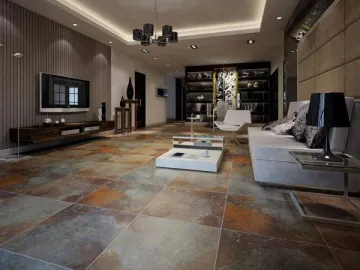 BLOOM Series Glazed Porcelain Tile
BLOOM Series Glazed Porcelain Tile
-
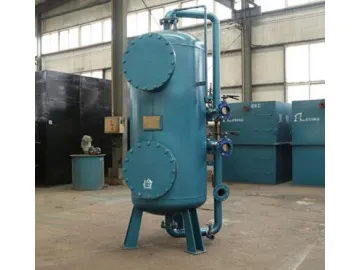 Professional solution provider of sewage treatment
Professional solution provider of sewage treatment
-
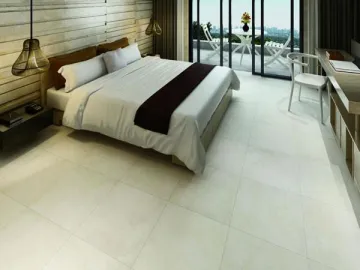 Ales Series Glazed Porcelain Tile
Ales Series Glazed Porcelain Tile
-
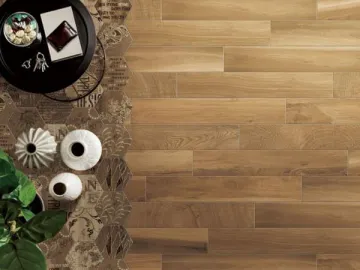 IVORY WOOD Series Porcelain Tile
IVORY WOOD Series Porcelain Tile
-
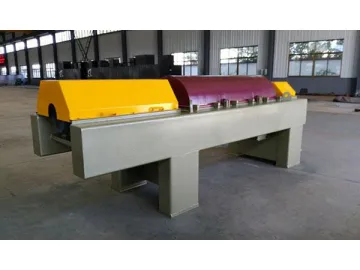 Professional solution provider of sewage treatment
Professional solution provider of sewage treatment
-
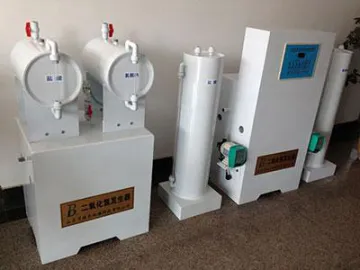 Professional solution provider of sewage treatment
Professional solution provider of sewage treatment
-
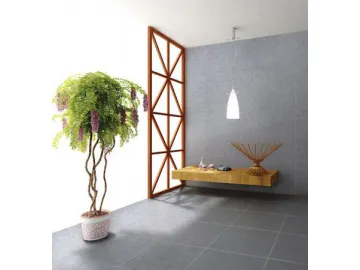 PIETRA Series Glazed Porcelain Tile
PIETRA Series Glazed Porcelain Tile
-
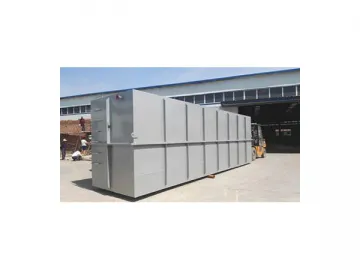 Professional solution provider of sewage treatment
Professional solution provider of sewage treatment
-
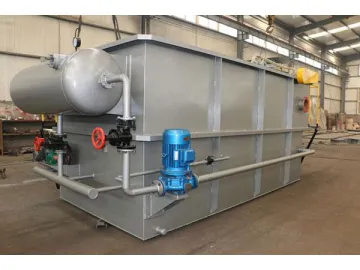 Professional solution provider of sewage treatment
Professional solution provider of sewage treatment
-
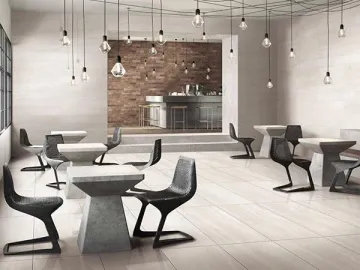 Etna Series Glazed Porcelain Tile
Etna Series Glazed Porcelain Tile
-
 Sandstone Series Glazed Porcelain Tile
Sandstone Series Glazed Porcelain Tile
-
 CAMPHORA WOOD Series Porcelain Tile
CAMPHORA WOOD Series Porcelain Tile
